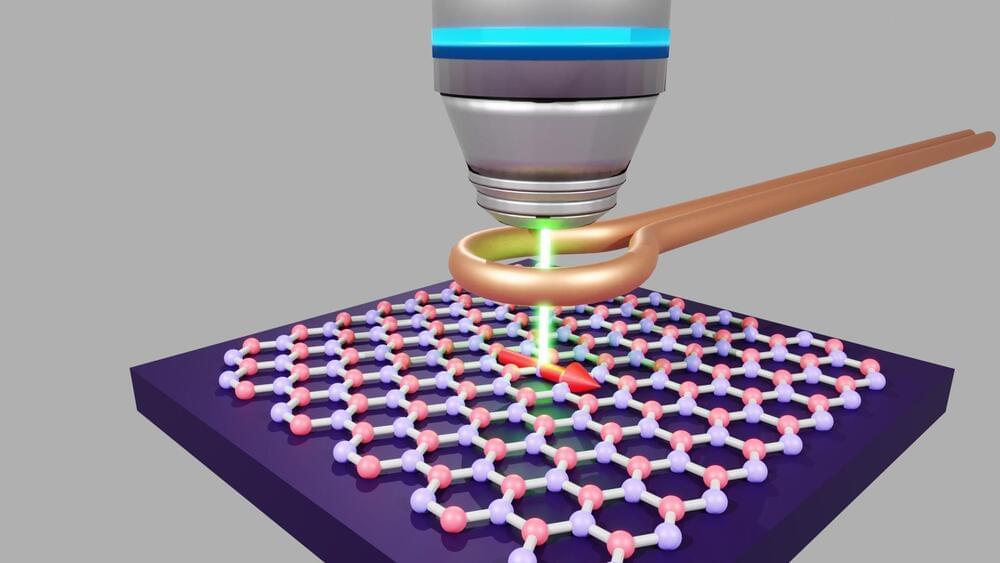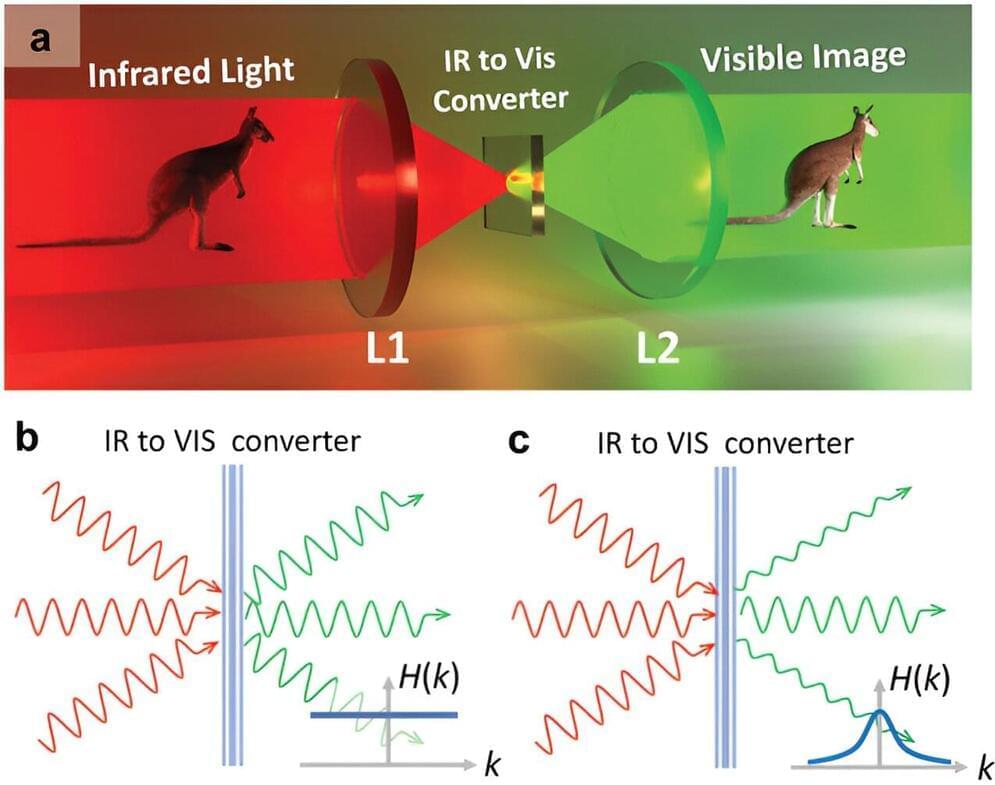Jun 3, 2024
Nanotubes Transform Lead Acid Batteries Into Super Energy Source
Posted by Shubham Ghosh Roy in categories: energy, nanotechnology, sustainability, transportation
An Israeli startup has developed a way to make lead acid batteries last four times longer, disrupting a multi-billion-dollar industry and potentially making them the rechargeable – and recyclable – energy storage method of choice around the world.
Lead acid is the second most common battery technology worldwide and the power cells are currently used as the starter batteries in cars, trucks and motorcycles.
The batteries have a positive plate made of lead dioxide on one end, and a spongy lead negative plate on the other end, with sulfuric acid flowing between them both to conduct the electricity.


















